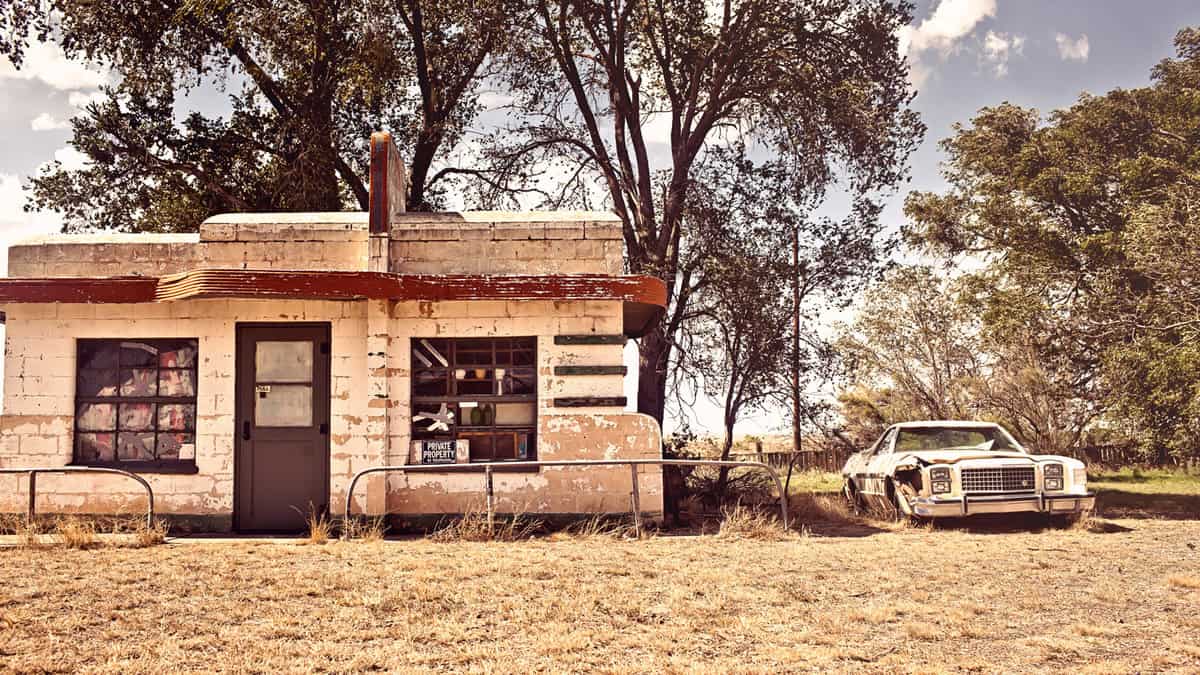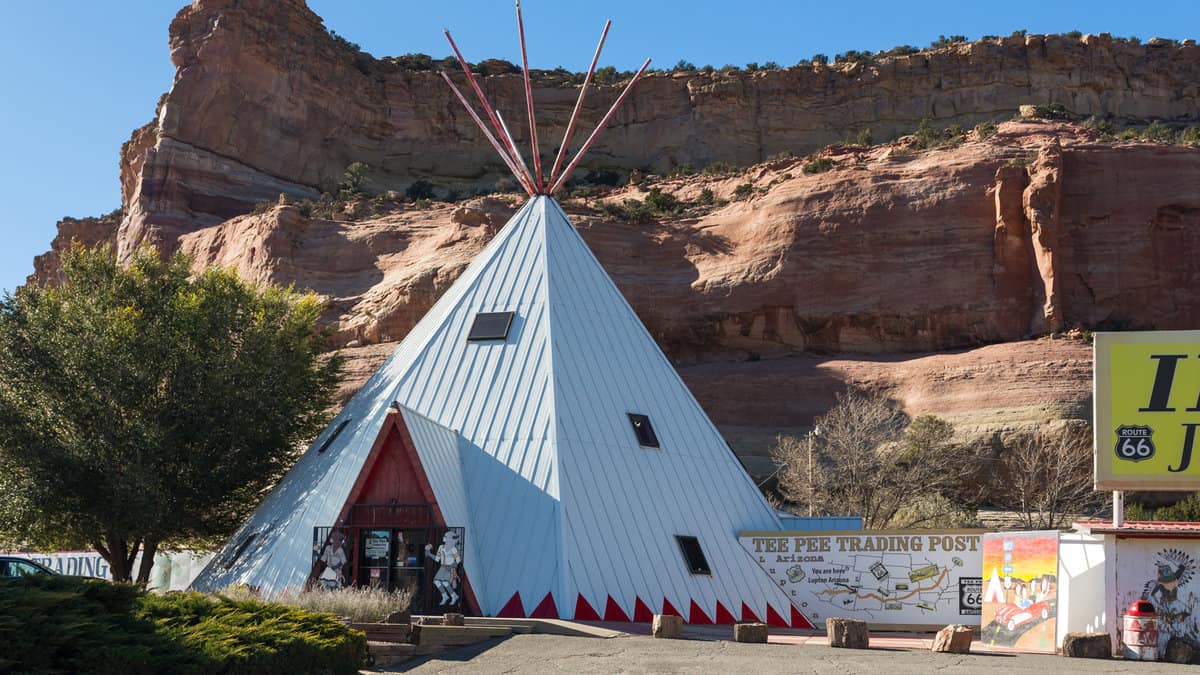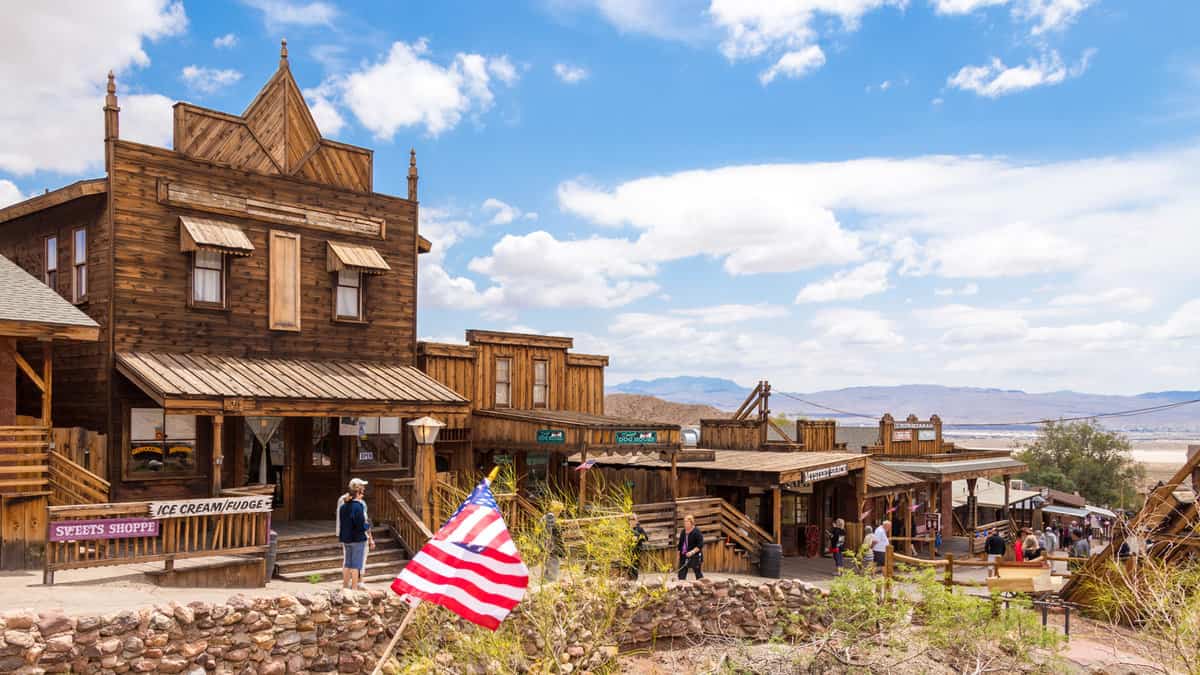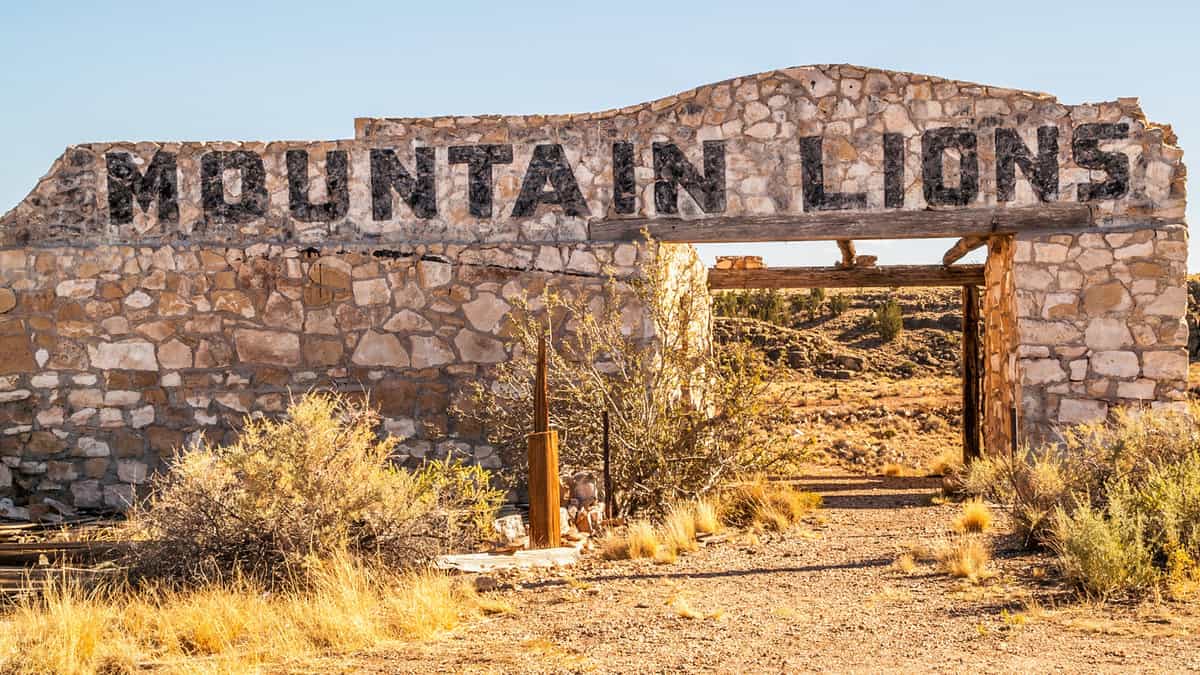Cruising down Route 66 ignites feelings of free-spirited adventure and possibility. Known as the “Main Street of America,” this iconic highway represents our national spirit of exploration.
The dazzling neon signs, quirky roadside gems, and preserved ruins contain exciting stories of dreamers and pioneers. These snapshots into our past showcase the diversity of American life with tales of ambitious risk-takers chasing their fortunes along this fabled road.
Though some boom towns faded over time, the legacy of ingenuity and perseverance lives on along this storied Mother Road. Route 66 continues to lure modern wanderers to rediscover the excitement and mystic of the open highway. Read on to learn more about its beginnings.
The Heyday of Route 66
During the early 20th century, America underwent rapid growth, and towns sprang up along Route 66 in response.
Drawn by the promise of employment opportunities and fertile land, these towns soon became vibrant stops for tourists seeking gas, food, and rest.
The decline of Route 66, however, began earlier than its official decommissioning in 1985. The development of the Interstate Highway System in the 1950s started diverting traffic away from Route 66, gradually diminishing its relevance.
This shift marked the beginning of a slow decline for many towns along the route, a crucial detail that adds depth to the story of Route 66.
Now, let's dive into some of these ghost towns and the sad stories behind them.
1. Glenrio, Texas
In the 1940s and 50s, Glenrio, uniquely positioned on the Texas-New Mexico state line, was a hive of activity, thriving on the steady stream of tourists traveling Route 66.

Known for its neon glow in the desert night, Glenrio was a popular overnight stop, offering cool air in the days before air conditioning was common in cars. Glenrio’s unique location also influenced its business practices.
For instance, all fuel sales took place in Texas to avoid New Mexico's higher gasoline taxes. The town, recognized as a Historic District and listed on the National Register of Historic Places, marked the beginning of Route 66 in Texas.
However, as Route 66's popularity faded, so did Glenrio. The town went from busy and lively to a place with abandoned buildings. It's a ghost town today, reminding us how quickly good times can change.
2. Lupton, Arizona
Nestled at 6,188 feet, Lupton, Arizona, once flourished as a charming stop along Route 66.

Situated in Apache County, this small community, with a population of just 191, was a hidden gem offering cooler temperatures and a picturesque setting due to its higher altitude.
In its heyday before 1953, Lupton was buzzing with activity. It was home to lively saloons, cozy motels, and a convenient grocery store catering to the needs of weary travelers. The town's allure was not just in its amenities but also in its small-town atmosphere, standing in contrast to busier Route 66 stops.
However, Lupton's fortunes took a turn for the worse. A devastating fire and the dwindling traffic on Route 66 led to its gradual decline.
The sparse population and remote location added to its fading presence on the historic route.
Today, Lupton is a reflection of Route 66's forgotten tales. Its silent streets and derelict buildings stand as reminders of a once-thriving community, now a shadow of its former self in the legacy of the "Main Street of America.
3. Calico, California
Once a bustling silver mining town in the 1880s, Calico is now a ghost town nestled in the Calico Mountains of the Mojave Desert.

At its peak, Calico was home to over 3,500 residents and more than 500 mines, producing over $20 million in silver. The town's name reflects the colorful patchwork of the surrounding mountains, mirroring the diversity and vibrancy of life it once held.
Founded in 1881, Calico experienced rapid growth as silver lured prospectors and fortune-seekers. However, with the decline of silver mining, the town's population dwindled, leaving behind a tapestry of abandoned mines and deserted buildings.
Today, as a registered Historical Landmark, Calico Ghost Town serves as a living museum. Visitors can stroll through its streets, imagining the clatter of mining activity and the dreams of its past inhabitants.
4. Two Guns, Arizona
Two Guns, Arizona, is a ghost town that seems ripped from the pages of a Western novel.

This town, echoing tales from the Old West, witnessed a colorful past marked by Native American clashes, cowboys, and daring entrepreneurs. Its landscape, featuring sprawling canyons, still holds the grandeur of the Wild West.
Originally known as ‘Canyon Lodge,’ Two Guns evolved as Route 66 carved its path through the American landscape. With a bridge across Canyon Diablo in 1938 and modern additions in the 1960s, the town briefly flourished, offering a glimpse of prosperity on the famous highway.
However, its prosperity was short-lived, and today, Two Guns lies quiet, its crumbling buildings and abandoned zoo offering a glimpse into its storied past.
For travelers, Two Guns presents a unique opportunity to explore the remnants of the Old West. It's a place to wander among ruins and feel the echoes of history under the vast Arizona sky.
While you're in Arizona, you may want to check out other highly recommended spots: The Arizona Bucket List: 13 Places You Simply Must Visit
Exploring Route 66's Ghost Towns Today
Route 66 today offers an intriguing travel experience, where the ghost towns of Glenrio, Lupton, Calico, and Two Guns provide a window into a different era.
Now quiet and almost forgotten, these towns still hold the echoes of their vibrant past. Visitors are invited to meander through the abandoned streets and buildings, each with a silent story.
While these towns may have lost their former glory, they remain treasure troves of historical significance. Ideal for those who enjoy a mix of exploration and learning about the past, these ghost towns on Route 66 reveal a unique side of American history.
For more haunting adventures along Route 66, check out our list: 7 Haunted Spots Along Route 66 That Will Terrify You
Honoring the Ghost Towns of Route 66
Driving along Route 66 is an opportunity to experience a different aspect of American history firsthand.
The ghost towns along this iconic highway are more than mere dots on a map; they are living museums, preserving memories of times long gone.
Each town, from Glenrio to Two Guns, is an essential stop for those planning a journey along Route 66. They provide an opportunity to pause and reflect on the dynamic history of the United States.
You might leave with photographs, stories, and reflections on the ever-changing landscape of American life.
